An important commercial, financial and administrative centre since the middle ages Cologne has contributed greatly to the development of European society, culture and politics, while with the Kölner Dom the city is home to not only one of the largest Gothic cathedrals in Europe, and thus one of the most important religious institutions on the continent, but posses an excellent example of logical, considered, coherent, urban planning: by building the cathedral on a raised platform directly next to the main railway station the architects not only optimised the transport connections for pilgrims and reduced the stress on the local urban transport network, but also eased the process of taking tourist selfies with the cathedral as backdrop.*
If the current crop of Köln International School of Design students possess the same ability to logically analyse problems, the same attention to detail in the realisation, and are capable of the same coherent thinking as the city's 13th century builders, could be assessed at the rather ungainly named KISDparcours 2016
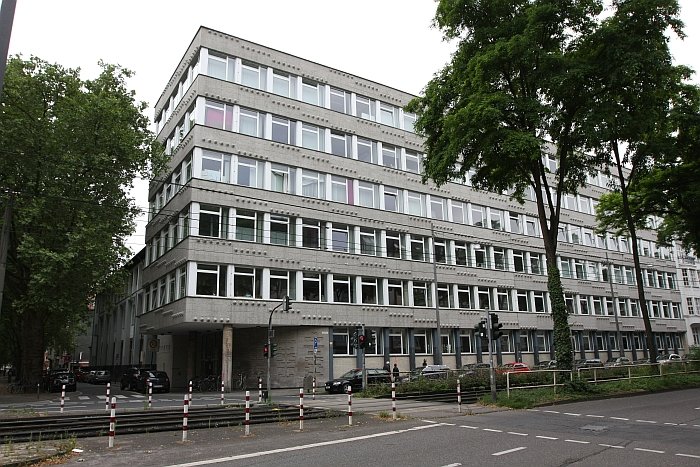
As noted in our post from the exhibition Endstation Ubierring 40 at the Kölnisches Stadtmuseum, the contemporary Köln International School of Design, KISD, traces its distant origins back to 1879 and the establishment of the Cologne Werkschulen; but owes its contemporary incarnation to a decision in 1987 by the then regional government to cease art education at Cologne Fachhochschule and thereby transforming the city's former combined art + design institute into a pure design school.
Established on the basis of the co-called "Kölner Modell" - "Cologne Model" - the course of studies at the KISD is project based and in none of the Bachelor or Masters courses predefined; rather the students are free to construct their own course from subject areas such as, and amongst others, service design, production technology, interface design or ecology and design.
What results from such an approach could be seen at KISDparcours 2016 in the form of numerous individual and graduation projects and also in the results of group semester projects such as Models, In Reality with Prof. Carolin Höfler which sought to explore theoretical aspects and potential uses of models; Radically Simple, a project undertaken in cooperation with the Royal Melbourne Institute of Technology, RMIT, and in which small groups of students developed ideas of radicalism and simplicity in design; or So Geht Design - That's How Design Works - supervised by Prof. Jenz Grosshans and Prof. Andreas Wrede and which explored the nature of the design process and presented the concept of FEIDI: Frame, Explore, Ideate, Develop.
In our interview with the KISD's Director Wolfgang Laubersheimer he told us that "making is back", and while that was unquestionably on show at the KISDparcours 2016, there were also some very nice demonstrations of conceptual design, social design and design that spoke so fluently and poetically the language of art, one could easily imagine the ghost of the former art department stalks the corridors of Ubierring 40 looking for suitable souls to invade and commandeer.
As ever, design education is neither beauty contest nor about realising successful products, but about learning and enjoying the freedoms and follies of youth; however, the following three projects on display at the KISDparcours 2016 particularly caught our attention and imagination....
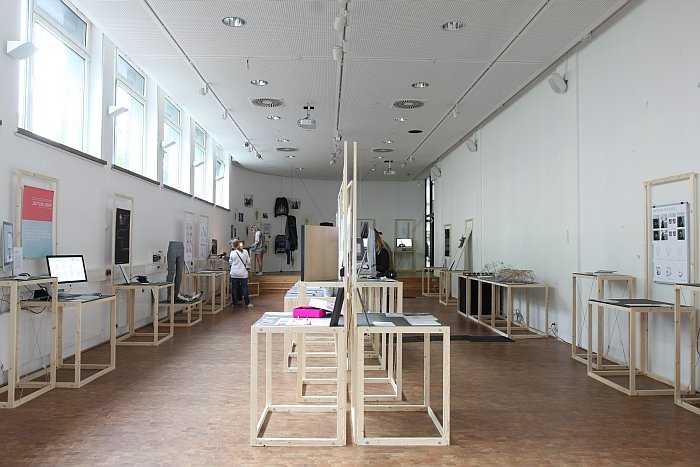
"Electrifying" paper in the sense of adapting paper so that it can conduct electricity isn't a new idea, isn't, as it were, an electrifying concept. The interesting aspect of Dorothee Clasen's project Cirquids is however less that she has transformed the otherwise passive fibres of paper into an actively conducting material and much more how that has been achieved, namely through a mix of wax, salt and water, and thus Dorothee has developed a low cost, low-tech, local method to allow paper to conduct electricity. Now many will query the sense of electrified paper products, some will even no doubt attempt to create such.... but, again, that's not really the point, not really the electrifying on the project. The interesting, the electrifying, aspect is that by allowing for low cost, low-tech local electrification of paper objects, the process allows for the simple, inexpensive electrification of paper models, thus making it a potentially very useful tool and process in modelling, prototyping and product development.
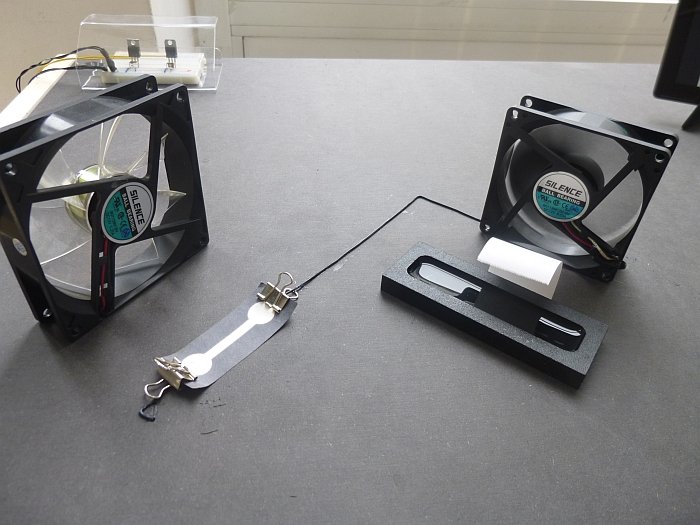
In the interests of fairness we must state that we are currently more than a little obsessed with reduced wrought iron products. Why that is we something we hope to be able to elucidate in the coming months. But we are. As such it was, more or less, inevitable that we would be attracted to Elisabeth Prehn's wrought iron shoe holders. However, with a little time and distance since seeing them, and relying as ever on the unnerving brutality of our objectivity, we're still lovin' them.
Shoe storage is a tricky business, not least because shoes aren't shoes, shoes are dress shoes, work shoes, garden shoes, sport shoes, casual shoes, party shoes, guest shoes, guest's shoes and also because shoes form a direct link between indoors and out and thus, as Crowded House would no doubt phrase it, bring the weather with them: rain, dust, snow, mud.
Shoe storage is a tricky business. And not one for which there is or can ever be a universal solution; however, for us Elisabeth's "shoe irons" are a particularly charmingly elegant solution.
Created in context of the class Archetypes of Design: Forging by and with Prof. Hatto Grosse Shoeshelf clearly isn't, but does allow for the very logical storage of shoes, in particular we are thinking sports shoes, work shoes, garden shoes, so shoes that are especially prone to getting wet, dirty and sweaty, and which would thus benefit from being stored in a free-hanging position. And when not in use - and assuming that as in our vision you've attached your Shoeshelves to the wall in/on a veranda, porch, outhouse, garage, balcony, etc - you have very nice decorative elements.
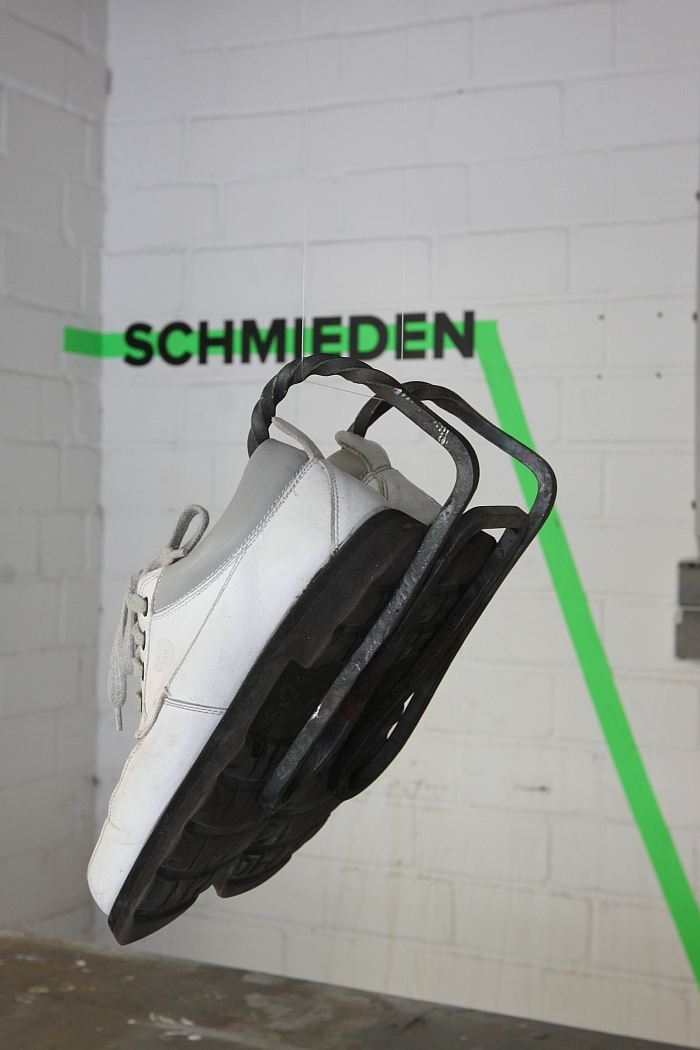
Design is unquestionably about now. It's why Modernism is so beautifully misnamed. What Modernism is was modern, is now historic; Modernism is, was and always will be that which is contemporary. That which is too fresh, too new, too unrefined to be an "-ism". And which may never become one. Yet that which was modern remains part of the story, remains, as the Vitra Design Museum's exhibition The Bauhaus #itsalldesign explains, relevant, if not modern. Design's past is important, for as in all walks of life understanding historical developments, historical thinking and historical mistakes is important to understanding the current situation.
Created as her final thesis, Bauhaus, Wchutemas, Black Mountain College: Parallelen und Differenzen Drei Bildungsstätten der Moderene is according to Ingrid Walter the first German language comparison of three schools which in their own way all played a role in the development of international modernism, and by extrapolation subsequent ideas and understandings of design. And also of why Bauhaus has the dominate popular position in such considerations.
We've not read Ingrid's work, thus cannot comment on the quality of it, but find the fact that for their final thesis a student choose to undertake a more academic, theoretical study of design's recent history rather than develop something new, both important and correct: a bit more theory, a bit less product and we might just manage to bring the equilibrium back into the system. Unfortunately in our excitement we forgot to photograph the book cover... sorry!
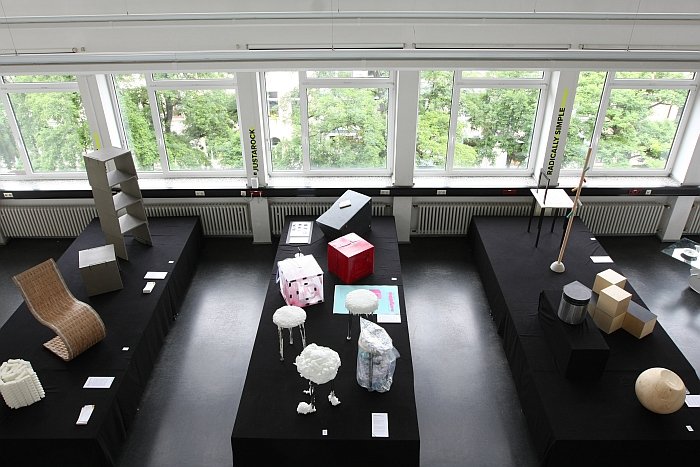
* This introduction is our homage on the traditional Cologne carnival joke: locally based, takes pride in the local peculiarities, is slowly, unobtrusively, constructed, and ultimately not that funny......